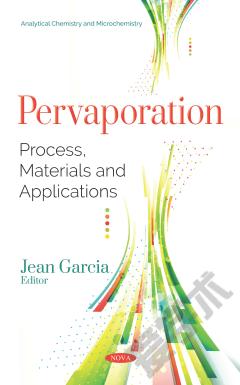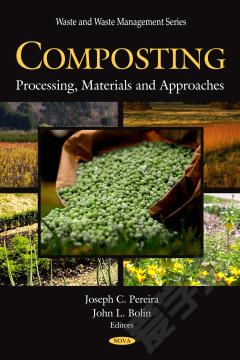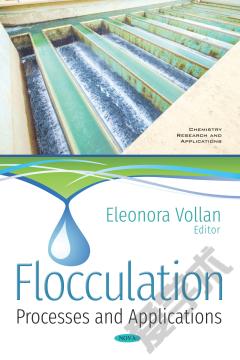Pervaporation: Process, Materials and Applications
Pervaporation is a separation process in which the selective permeation of components of a liquid mixture is achieved by way of a chemical potential gradient through a non-porous membrane. In Pervaporation: Process, Materials and Applications, the fundamentals and applications of pervaporation are described as a promising technique for the recovery of flavor compounds from dilute aqueous solutions, separation of azeotropic mixtures and for the dehydration of organic solvents. This collection also describes history of pervaporation in an effort to outline the differences between this and other membrane separation technologies including dialysis, ultrafiltration, microfiltration, nanofiltration and reverse osmosis. The closing chapter focuses on the authors’ on-going development of high performance bio-based cellulosic membranes for ethyl tert-butyl ether purification by pervaporation. Cellulose acetate is extremely selective for ethanol removal from ethyl tert-butyl ether, however its flux is very low. Different strategies for improving its flux while maintaining a high selectivity are described and the main relationships between membrane structure, morphology and properties are illustrated.
{{comment.content}}








 京公网安备 11010802027623号
京公网安备 11010802027623号